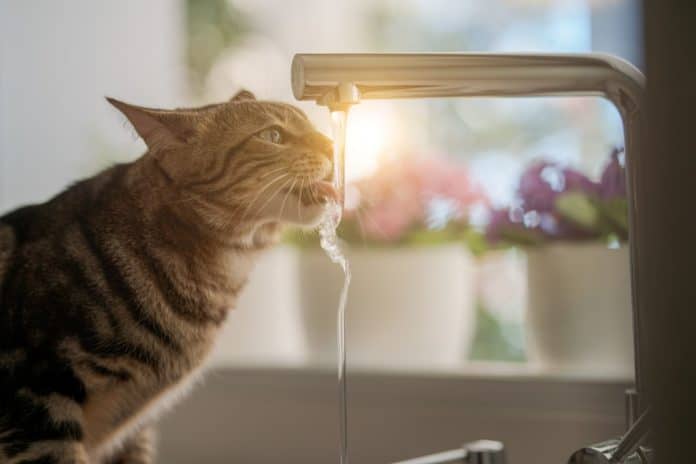Did you know that one in every 200 cats has diabetes? If your cat is one of those unfortunate few, don’t fret – there is plenty you can do to manage the condition and keep your furry friend healthy and happy. In this post, we’ll outline the basics of feline diabetes, including symptoms, treatment options, and how to make sure your cat stays on track. So whether you’re just starting to suspect that your cat might have diabetes or you’ve been dealing with it for a while, read on for information you need to know.
Diabetes is the most common hormonal disorder in cats. It can affect as many as one in fifty cats, and the incidence is increasing. Cats that are inactive and are overweight are particularly at risk of developing the disease.
Insulin is a hormone that is produced by the pancreas, and its purpose is moving glucose from the bloodstream into the cells of the body, where it can be used for energy. Diabetes results from a lack of insulin as well as insulin resistance, which is caused by obesity and inactivity.
SIGNS OF DIABETES IN CATS
One of the most obvious indicators that your cat may have diabetes is that he drinks more water and urinates more than usual. It might not be easy to see how much urine your cat passes, especially if he prefers to go to the toilet outside. However, you should notice him spending more time at his bowl of water. He will also be hungry and want to eat more, but he will still lose weight.
Diabetes is diagnosed with blood and urine tests. Both will show abnormally high levels of glucose. In some cases, the glucose in the cat might be artificially high when taking blood at the clinic. In that case, a protein bound glucose called fructosamine can be tested and confirm if the average glucose levels over time are high.
If you suspect your cat has diabetes, it is important that a veterinarian help diagnose the disease and start the proper form of treatment to prevent complications. The earlier the disease is diagnosed, the better as diabetes can turn into an emergency if not regulated.
If diabetes is left uncontrolled for too long, a state known as Diabetic Ketoacidosis (DKA) may occur. This is a serious and life threatening complication of diabetes. This occurs when your cat starts to break down his fat stores to provide energy since it is not able to use glucose as normal. In the case of DKA, the cat can become very sick. It might present as just being a little depressed, not want to eat, and sometimes vomit. The breath will often smell like acetone, or nail polish remover. In extreme cases, they may get so lethargic that they can no longer walk. This is an emergency situation and your cat needs veterinary care straight away.
TREATING FELINE DIABETES
The most common way of treating diabetes in cats is with twice daily insulin injections. You can expect your cat to stay in hospital for a day or two. During this time, he will be given insulin injections and frequent blood tests, to work out exactly how much insulin he needs to keep his blood glucose within normal limits.
When you take him home, you will have to give him the injections of insulin yourself. This isn’t difficult, and it’s not painful because the needles used are very small. Cats tend to tolerate these injections well. It’s important that your cat’s routine stays constant – he should eat a measured amount of food at the same time every day. This makes it easier to stabilise his diabetes.
It’s possible for your cat to go into remission, where he no longer needs injections of insulin to regulate their blood glucose. This can occur if he is fed a low carbohydrate wet food, and he loses his excess weight. Weight loss should be slow and steady, as rapid weight loss can lead to hepatic lipidosis which can make him seriously ill. Aim for a weight loss of around 1% of body weight per week. Hills prescription diets like Metabolic and R/D can help with weight loss. Discuss these diets with your veterinarian.
PREVENTING DIABETES IN CATS
It’s not possible to prevent diabetes in cats, but there appear to be some definite risk factors. Obesity is one of them, so if you can keep your cat lean then he may be less likely to develop this condition.
Genetics appears also to play a role.
There are suggestions that feeding a cat a low carbohydrate wet food can also prevent diabetes but this hasn’t yet been proven. Diabetes has occurred in cats fed a wide variety of diets, both wet and dry.
Managing your diabetic cat takes time, effort and commitment from his owner. There are also ongoing expenses for insulin, needles and blood tests. However, with the right care, your diabetic cat can enjoy a normal way of life for many years to come.









